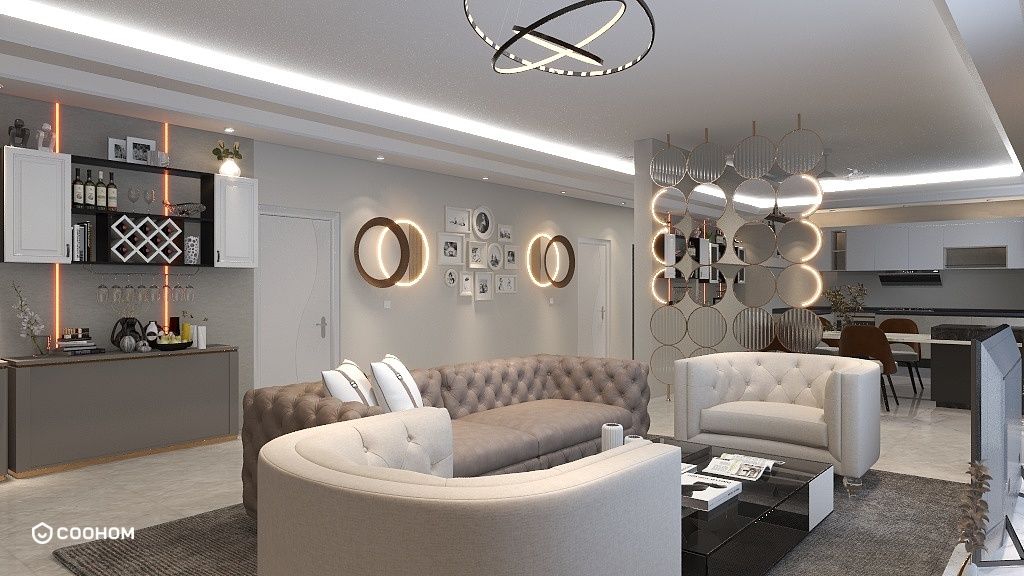Creating Effective Banquet Floor Plans: Maximize Space and Enhance Guest Experience with Smart Design

When planning a banquet, having an effective banquet floor plan is crucial for ensuring a smooth event. A well-designed floor plan can optimize space, enhance the guest experience, and facilitate efficient service. Whether you are organizing a wedding reception, corporate event, or community gathering, the right layout can make all the difference.
Understanding the Basics of Banquet Floor Plans
A banquet floor plan outlines the arrangement of tables, chairs, and other elements in the event space. It is essential to consider the type of seating arrangements, the flow of movement, and accessibility for guests. Here are some common layout options:
- Round Tables: Ideal for social interactions, round tables foster conversation and are often used in formal settings.
- Rectangular Tables: These are great for maximizing seating in narrow spaces and can be arranged in various configurations.
- U-Shape: This layout encourages interaction among guests and is suitable for smaller gatherings.
- Theater Style: Perfect for presentations, this layout allows for rows of chairs facing a focal point.
Tips for Creating Your Banquet Floor Plan
Here are some valuable tips to guide you in designing an effective banquet floor plan:
1. Know Your Guest Count
Accurate guest counts will help determine the number of tables and chairs needed. Always plan for a few extra seats to accommodate last-minute attendees.
2. Consider the Venue Layout
Familiarize yourself with the venue's dimensions, exits, and features. This knowledge is key to optimizing your floor plan.
3. Plan for Accessibility
Ensure there are clear pathways for guests and staff to move easily throughout the space. Consider accessibility for individuals with disabilities.
4. Focus on Flow
Design the layout to promote smooth traffic flow. Consider how guests will enter, move around, and exit the space.
5. Incorporate Aesthetics
Enhance the overall atmosphere by considering decor elements, lighting, and table settings that complement the event's theme.
Tools for Designing Banquet Floor Plans
Utilizing design tools can simplify the process of creating a banquet floor plan. Here are some recommended tools:
- Coohom: A user-friendly tool that allows you to create detailed floor plans with 3D visualization.
- SketchUp: A versatile design software that offers advanced features for creating intricate layouts.
- Social Tables: Specifically designed for event planning, it helps visualize seating arrangements and guest flow.
Final Thoughts
Creating an effective banquet floor plan is essential for ensuring that your event runs smoothly and that guests have an enjoyable experience. By following these tips and utilizing the right tools, you can design a layout that maximizes space and enhances the overall atmosphere of your banquet.
FAQ
Q: What is the best seating arrangement for a banquet?A: The best seating arrangement depends on the event type. Round tables are great for conversation, while theater-style is suitable for presentations.
Q: How do I accommodate guests with disabilities in my floor plan?A: Ensure that there are accessible pathways and seating options for individuals with disabilities.
welcome to Use No.1 Floor Plann Creator
Please check with customer service before testing new feature.

